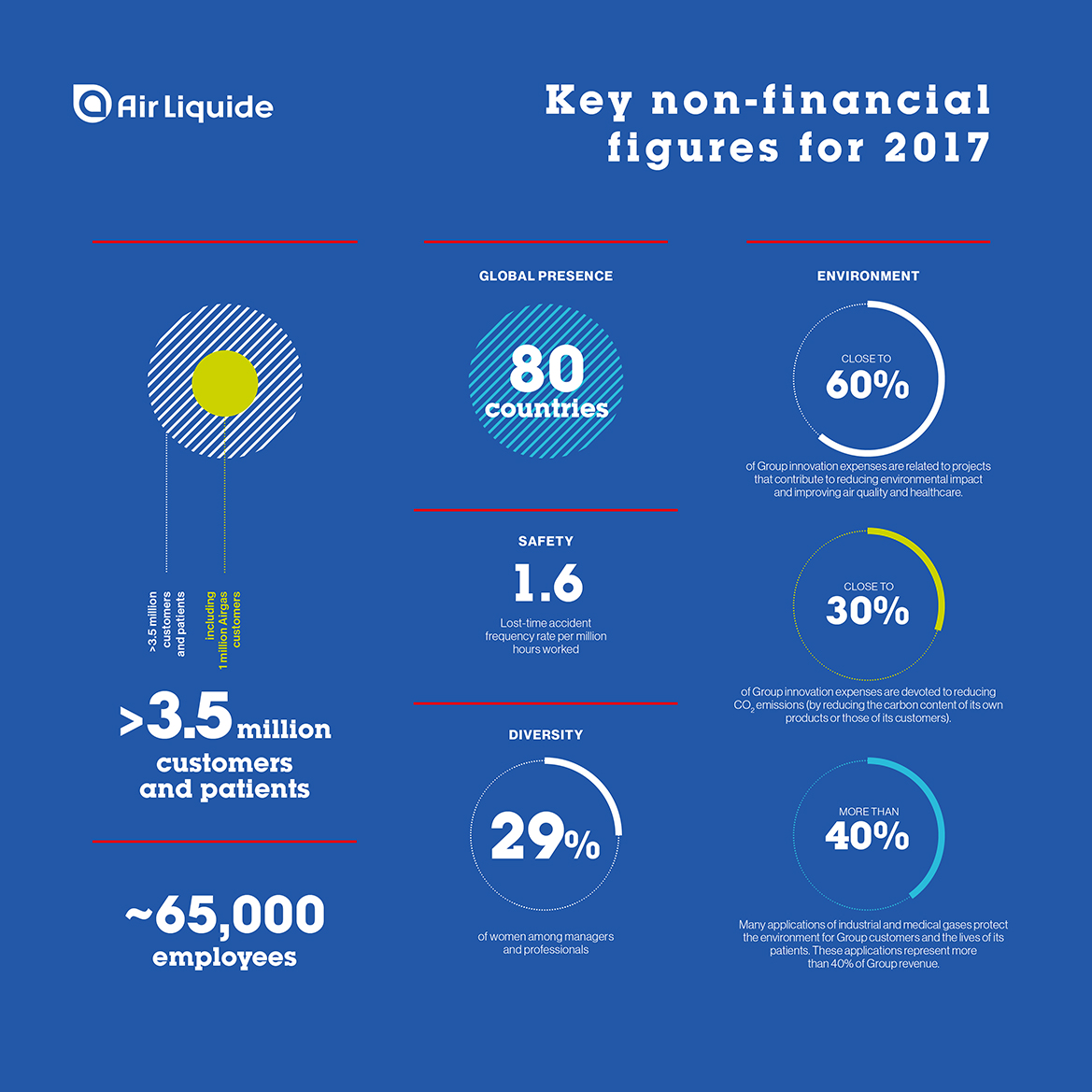
Transition to clean energies
Factoring in and adapting to climate change requires new energy solutions, particularly in the field of transportation. Hydrogen, a molecule that is abundantly present on our planet in combination with other molecules (H2O, CH4), offers an interesting alternative to fossil fuel energy. It can be easily produced, stored or transported, and then converted into electricity through a fuel cell. In this way, hydrogen is a source of energy.
Hydrogen energy has many applications. In stationary uses, it meets the energy needs of sites that are not connected to the electricity grid or can be used to store wind or solar renewable energies. In transportation, it can power electric vehicles: forklift trucks, buses, passenger cars, etc. A 5-minute charge offers an extended range of approximately 500 km.
Electric vehicles powered by hydrogen do not produce any pollution at the point of use: zero emissions of greenhouse gases, particles, or noise. Today, many captive fleets of forklifts, taxis, and buses already run on hydrogen. Tomorrow, once the distribution network is in place and hydrogen vehicles are produced on a large scale, hydrogen energy will be largely used by cars, which account for 75% of all transport-related CO2 emissions.


Air Liquide has spent many years developing expertise that spans the entire hydrogen chain, from production and storage to distribution. The Group has already installed more than 100 hydrogen charging stations worldwide and is actively contributing to the development of the hydrogen sector.
Today, using hydrogen energy in transportation already reduces greenhouse gas emissions by 20% compared with conventional combustion engine vehicles. But with its Blue Hydrogen program, Air Liquide is committed to producing at least 50% of low carbon hydrogen necessary for these applications by 2020.
Through its commitment to addressing the challenges of climate change by 2050, Air Liquide is also helping to improve air quality in major metropolitan areas.



